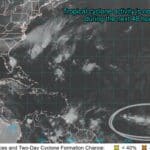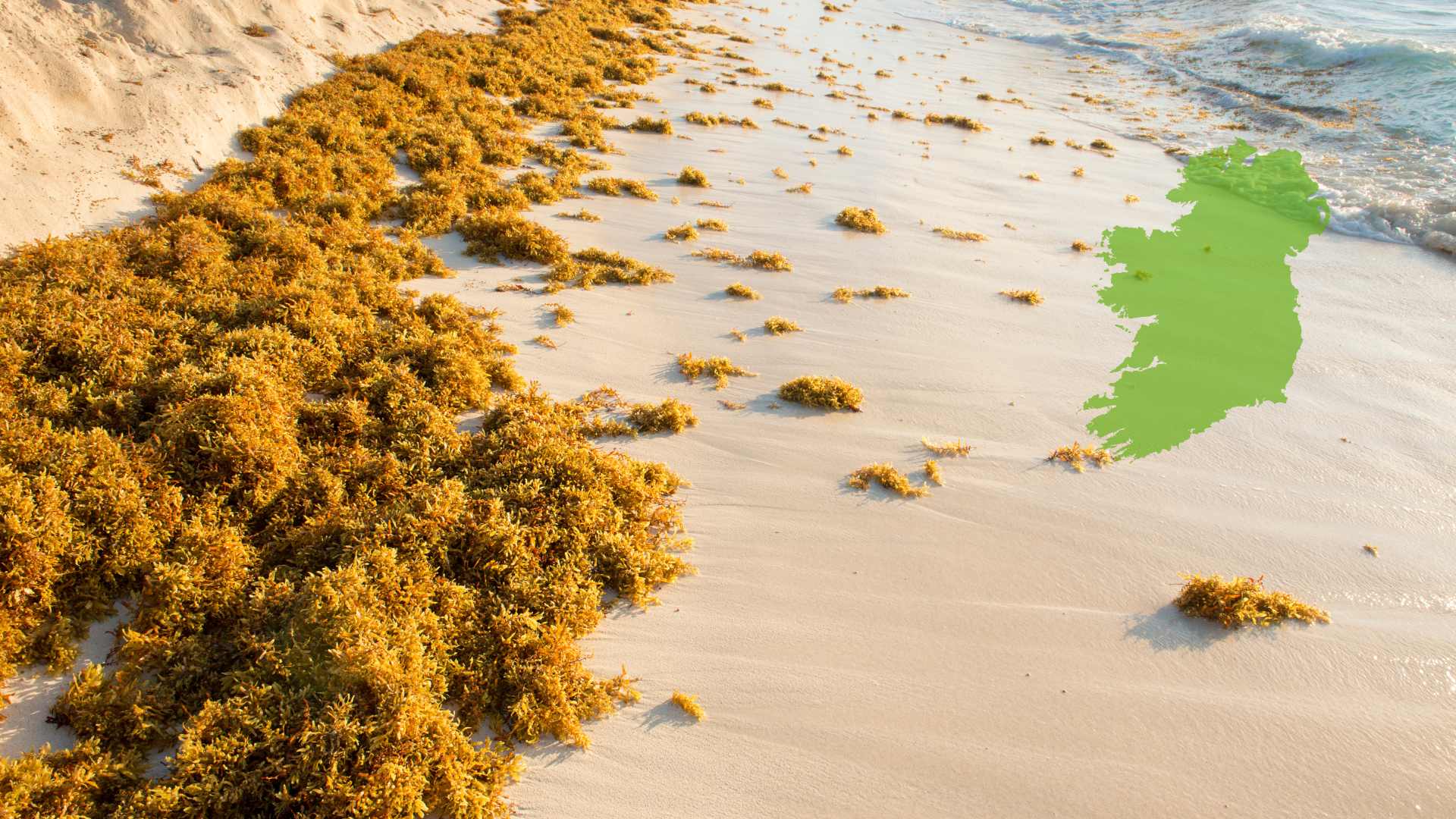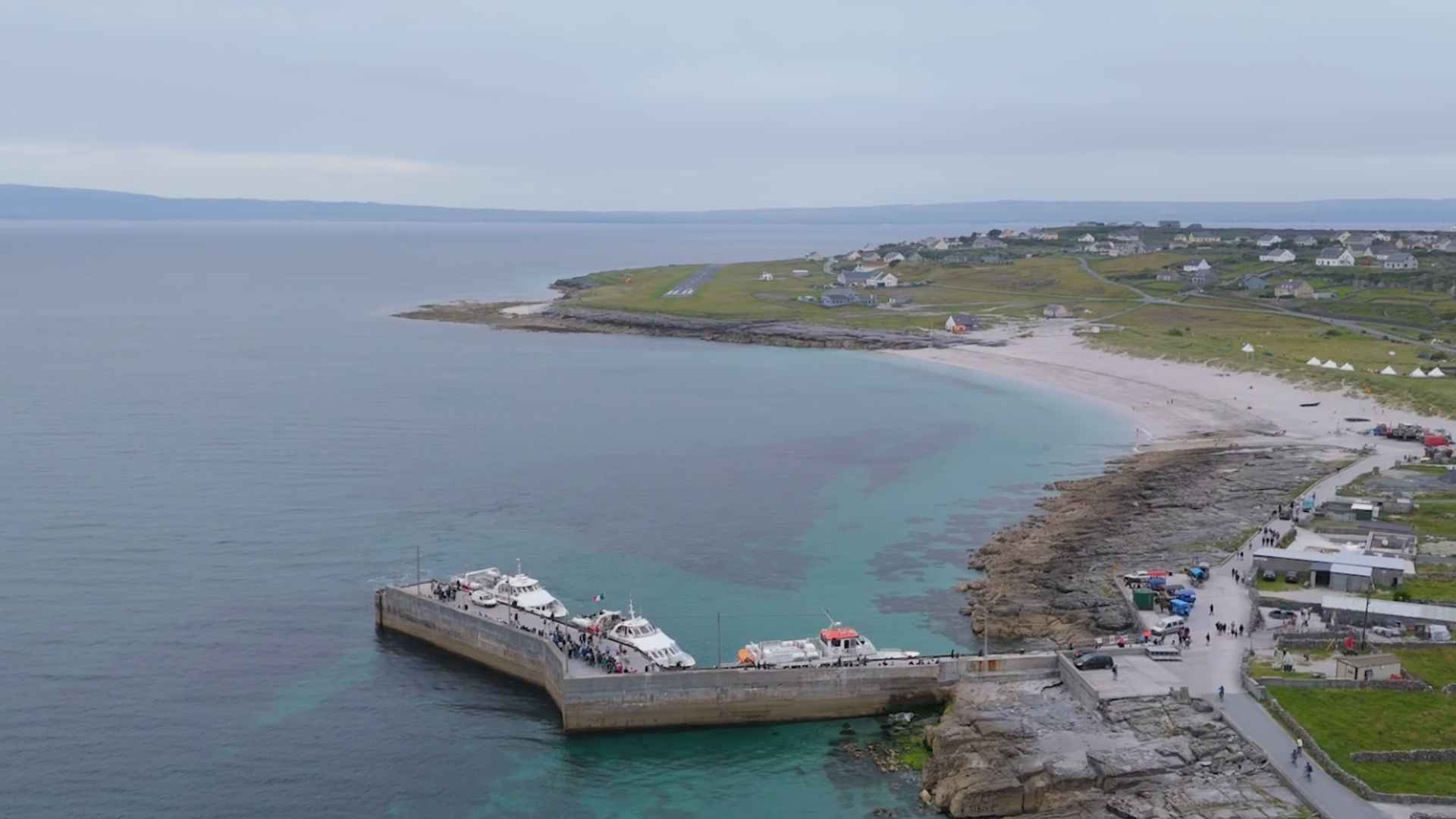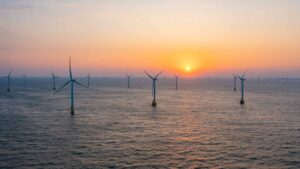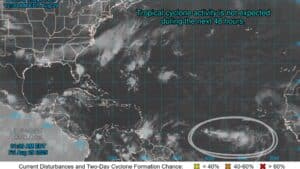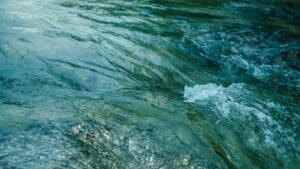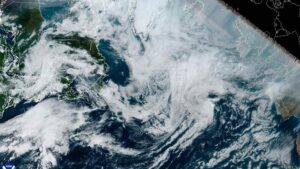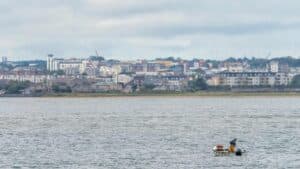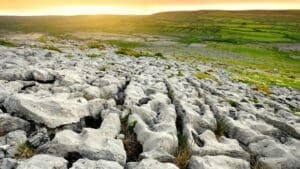
Pacific depths becoming more acidic
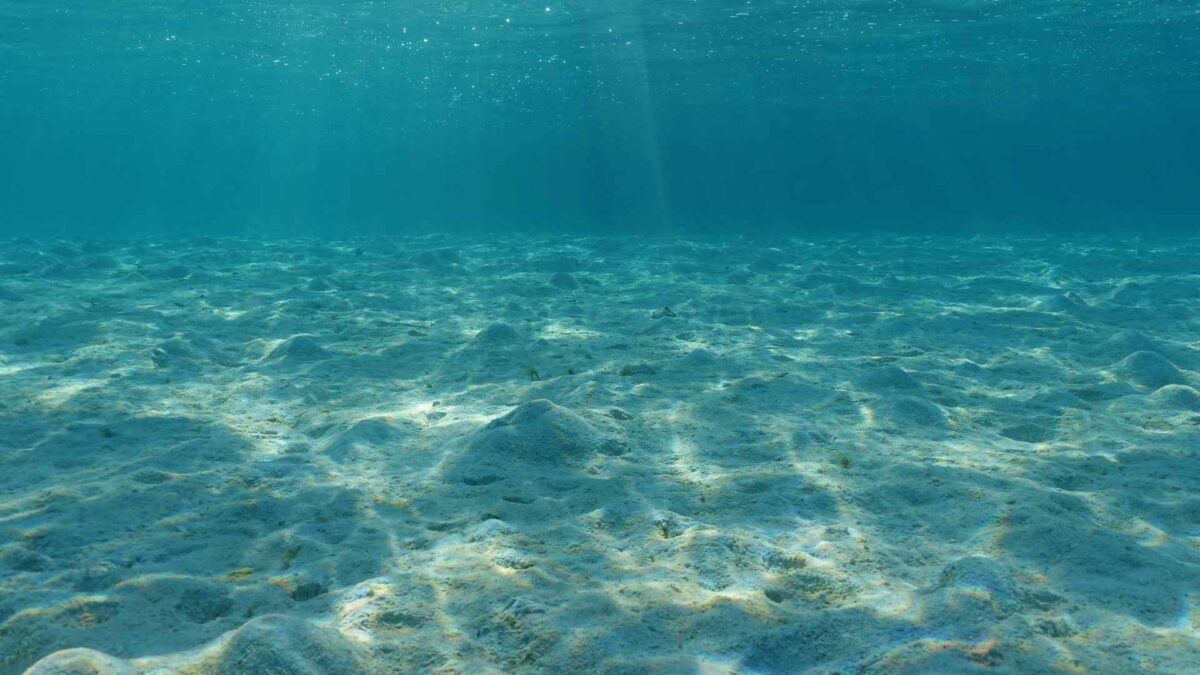
Ocean acidification is occurring more rapidly below the surface in the North Pacific than previously understood, a new study by University of Hawai‘i at Mānoa researchers has found.
The research, published in the Journal of Geophysical Research: Oceans, shows that carbon dioxide from the atmosphere is increasing acidity throughout the water column, from the surface to nearly three miles deep, near Hawai‘i.
“Ocean acidification has far-reaching consequences for ocean biology and the global climate,” said Lucie Knor, lead author of the study and postdoctoral researcher at the UH Mānoa School of Ocean and Earth Science and Technology. “We expected some indicators of acidification to be changing more rapidly below the surface, but we were very surprised that this was true for every single indicator we measured.”
The team analysed a 35-year record of carbon measurements from the Hawai‘i Ocean Time-series programme at Station ALOHA, 60 miles north of O‘ahu. They found rising carbon levels in all layers, driven in part by the natural decomposition of sinking organisms, and linked accelerated acidification in some layers to colder, fresher waters.
“Deeper waters are already naturally quite acidic in the North Pacific, so rapidly increasing acidity could harm plankton and other organisms living below the surface,” Knor said. “Over the long term, these changes make it harder for the ocean to continue absorbing carbon dioxide from the atmosphere.”
The study also highlights how regional changes in water chemistry and circulation contribute to the intensification of subsurface acidification around Hawai‘i, according to co-author Christopher Sabine, professor of oceanography at SOEST.
Share this WeathÉire story:
